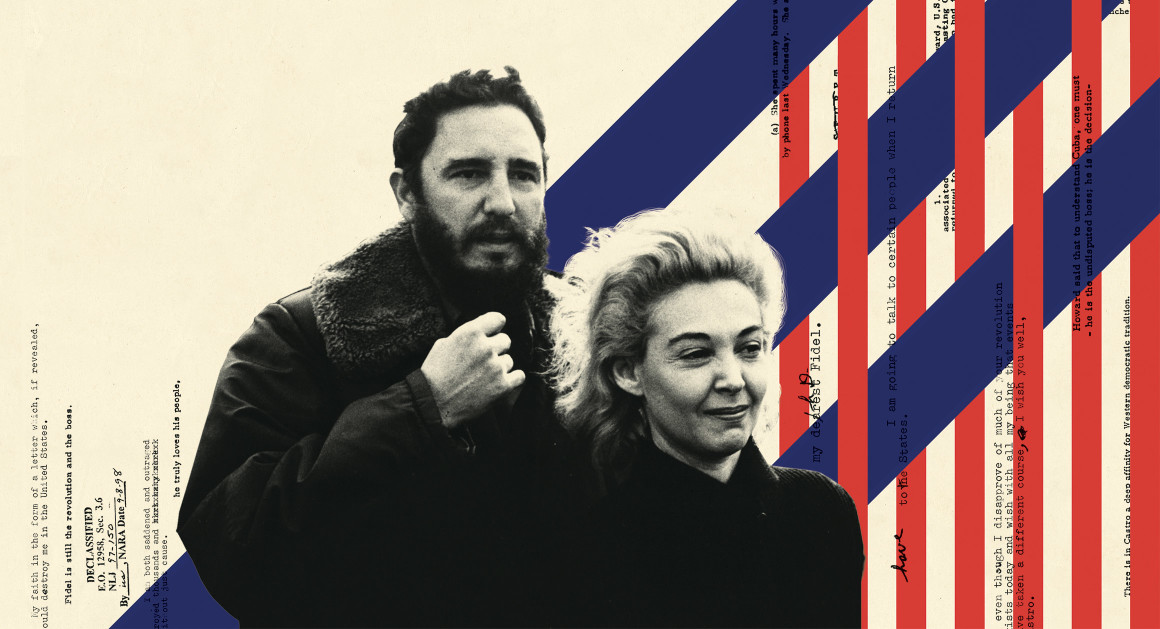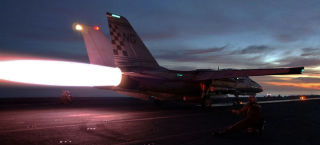Love, sex, and political intrigue. A great read.
Lisa Howard had been waiting for more than two hours in a suite of the Hotel Riviera, enough time to bathe, dress and apply makeup, then take it all off to get ready for bed when she thought he wasn’t coming. But at 11:30 p.m. on that night in Havana—February 2, 1964—Howard, an American correspondent with ABC News, finally heard a knock at the door. She opened it and saw the man she had been waiting for: Fidel Castro, the 37-year-old leader of the Cuban revolution and one of America’s leading Cold War antagonists.
“You may be the prime minister, but I’m a very important journalist. How dare you keep me waiting,” Howard declared with mock anger. She then invited Castro, accompanied by his top aide, René Vallejo, into her room.Over the next few hours, they talked about everything from Marxist theory to the treatment of Cuba’s political prisoners. They reminisced about President John F. Kennedy, who had been assassinated just a few months earlier. Castro told Howard about his trip to Russia the previous spring, and the “personal attention” he had received from the “brilliant” Soviet Premier Nikita Khrushchev. Howard admonished Castro for the repressive regime he was creating in Cuba. “To make an honorable revolution … you must give up the notion of wanting to be prime minister for as long as you live.” “Lisa,” Castro asked, “you really think I run a police state?” “Yes,” she answered. “I do.”
Source: ‘My Dearest Fidel’: An ABC Journalist’s Secret Liaison With Fidel Castro – POLITICO Magazine

